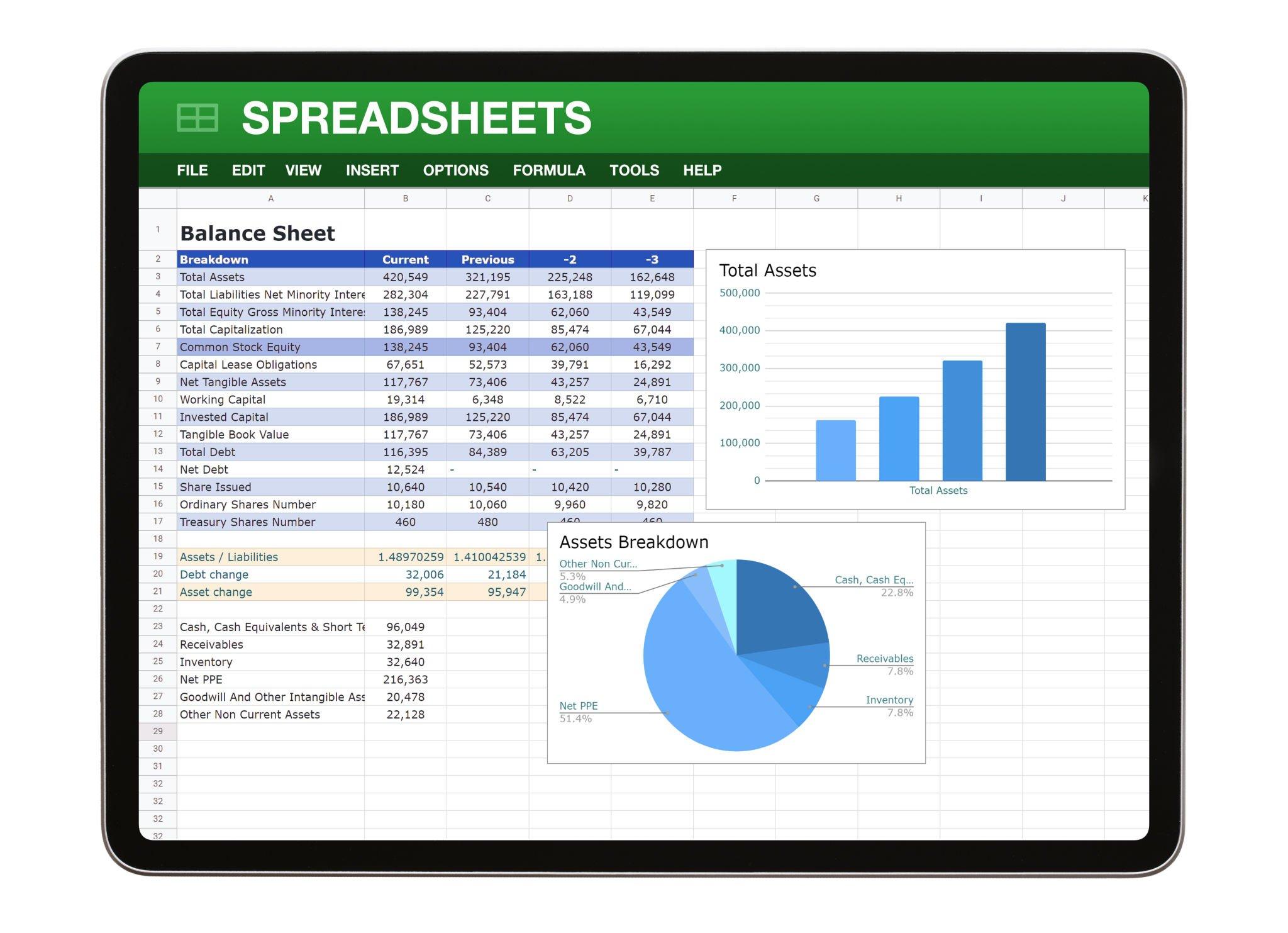Exception-Based Reporting: Enhancing Loss Prevention & Efficiency

In the realm of loss prevention strategies, there exists a powerful tool known as exception-based reporting, which discreetly identifies and addresses discrepancies in data patterns. This technique, often utilized by businesses in the retail and restaurant industries, has garnered increasing importance due to its ability to enhance sales, optimize drive-thru efficiency, and improve overall customer satisfaction.
By employing conditional formatting in Excel or Google Sheets, businesses can initiate basic exception-based reporting. However, for a more comprehensive analysis, integration of cameras and point of sale (POS) systems with specialized software, such as Solink, proves indispensable. This proactive approach to loss prevention necessitates a shift in priorities and a tailored adaptation of data to meet specific business needs.
The results are manifold, ranging from improved employee training and inventory tracking to mitigating risk. With exception-based reporting, businesses can now elevate their loss prevention efforts to new heights, simultaneously enhancing efficiency and bolstering their bottom line.
What is it?
Exception-based reporting, which is the process of reporting items that don’t fit the pattern in a stream of data, is a time-saving and cost-effective way to analyze data and find exceptions. With Solink’s platform offering actionable data linked to video and AI, businesses can benefit in various ways.
By implementing exception-based reporting, businesses can reduce risks and optimize operations. It allows them to identify sources of loss and take proactive measures to prevent them. This not only enhances loss prevention strategies but also improves overall efficiency.
Exception-based reporting helps businesses track inventory, improve employee training, and enhance customer satisfaction. By analyzing data and identifying exceptions, businesses can make data-driven decisions to improve sales, drive-thru efficiency, and ultimately increase their return on investment.
Solink’s platform provides a comprehensive solution that integrates with existing cameras and POS systems, making it a convenient and effective tool for exception-based reporting.
Benefits and Importance
Improve your business operations and minimize financial losses with the use of exception-based reporting. Exception-based reporting is a powerful tool that can enhance your operations by identifying and addressing sources of loss. By analyzing data and reporting items that don’t fit the pattern, you can proactively reduce risks and make informed decisions.
Exception-based reporting allows you to spot discount abuse, employee theft, and other anomalies that may go unnoticed. This helps you take immediate action to mitigate losses and improve overall efficiency. With Solink’s customizable dashboard, you can track key performance indicators (KPIs) and address performance issues. This not only enhances loss prevention but also improves customer experience.
By integrating exception-based reporting into your workflows, you can streamline operations, train employees effectively, and ensure a positive return on investment. Don’t let losses go unnoticed - harness the power of exception-based reporting to enhance your business operations and reduce risks.
Implementation and Integration
Streamline your business operations and minimize financial losses by seamlessly implementing and integrating the power of exception-based reporting. Integration challenges may arise when incorporating exception-based reporting into existing systems, but following best practices can ensure a smooth transition.
Here are three key considerations:
- Data compatibility: Ensure that your exception-based reporting system can seamlessly integrate with your existing data sources, such as point of sale (POS) systems and security cameras. This will allow for a comprehensive view of your business operations and enable accurate reporting on exceptions.
- Training and education: Invest in training your employees on how to effectively use the exception-based reporting system. This will ensure that they understand its capabilities and can utilize it to its full potential. Regular training sessions and ongoing support will help maintain proficiency and maximize the benefits of the system.
- Continuous improvement: Regularly review and analyze the performance of your exception-based reporting system. Identify any areas where integration challenges or limitations may be hindering its effectiveness and make necessary adjustments. This will help optimize the system and ensure that it is continuously improving your loss prevention and operational efficiency efforts.
No posts found
Write a review© 2004 - 2025 Tech Source Canada. Prices and availability are subject to change without notice. Tech Source Canada is not responsible for typographical errors or omissions. Product images are for presentation only, they may not be exactly as show. Price listed may be an online only price. All trademarks & logos are properties of their respective owners. SEO by Dazai Digital. Website hosted by Mister Webber.
